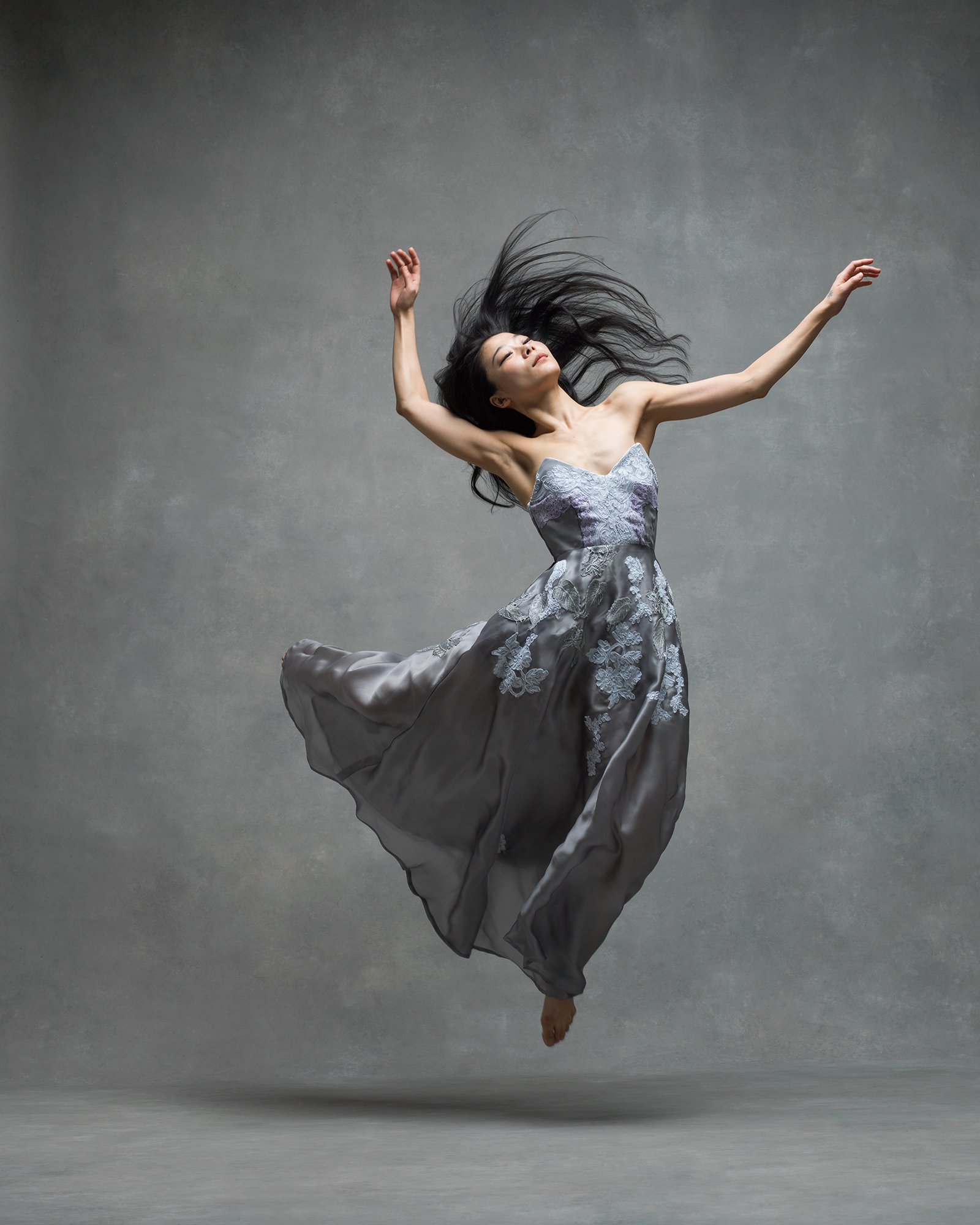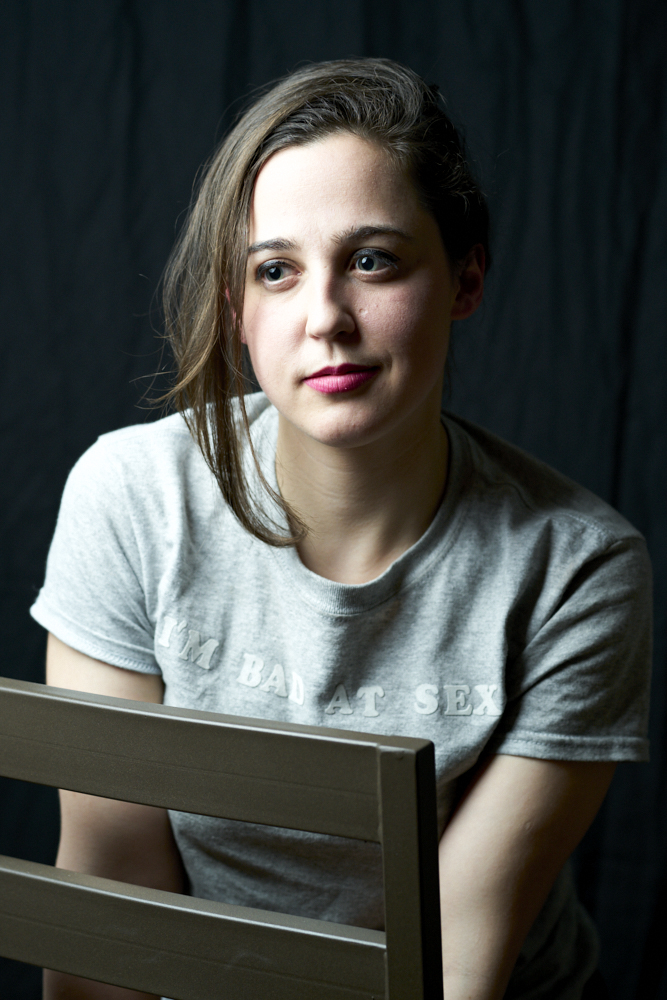Last Updated on 05/31/2017 by Chris Gampat
Lead image by Deborah Ory and Ken Browar. Used with permission in our interview with the duo. Dancer: Xin Ying, Principal, Martha Graham Dance Company
When photographers think about backdrops, many of us tend to try to be savvy–but the more discerning amongst us tend to reach for Oliphant backdrops. In fact, according to a recent blog post on the Retouchist, they can command a pretty penny. They’re used by a number of fantastic photographers including Annie Leibovitz and a number of others. You’re bound to have seen them in many portrait photos and they’re known for giving off the look of a painting in a photo.
Deborah Ory and Ken Browar, who we’ve interviewed before, use Oliphant backdrops.
Oliphant backdrops and backdrops in general aren’t really the sexiest thing to talk about except when you truly understand them. There are paper and then there, muslins and canvas. Paper backdrops are arguably the cheapest and most simple to replace. But the weird thing is that a rental studio will charge you for using what they call “excessive” amounts of paper when you use their space. Muslins are what I personally use, and they tend to be pretty difficult to work with.
Here’s an example of a muslin being used. I own black and white. For what it’s worth, I really like the black a whole lot more because it’s very forgiving. Muslin backdrops tend to get wrinkled and folks either completely hate that or use its character to effect in their photos. I tend to use the wrinkles and folds to simulate the look of a stage curtain. I really like that look and it’s a million times simpler than using a steamer to smooth out the wrinkles all the time.
Canvas can be even tougher to work with but they’re almost always going to deliver a beautiful look to them.
However, even if you look up and consider all the work that goes into trying to make something similar to the Oliphant backdrops, you’ll see that it’s very labor intensive. Plus, you have to get the paint just right in order to get the look that they can deliver. When you consider that alone, they’re well worth the effort.
Expensive? Yes. Overpriced? No. In the same way that you’d pay for a good painting, a solid backdrop is well worth the investment as well. Just consider whether or not your work is up to snuff to justify them.
Via the Retouchist



